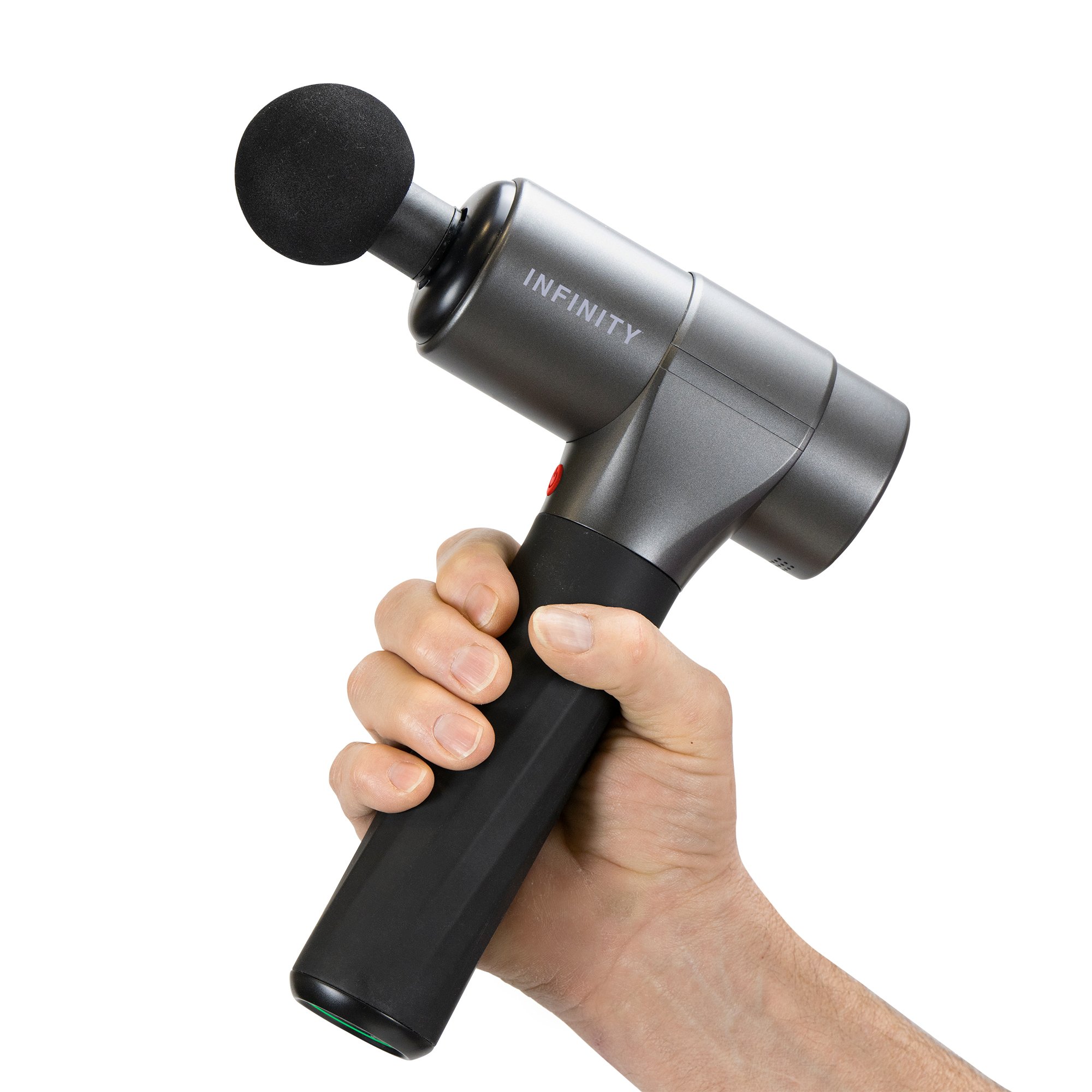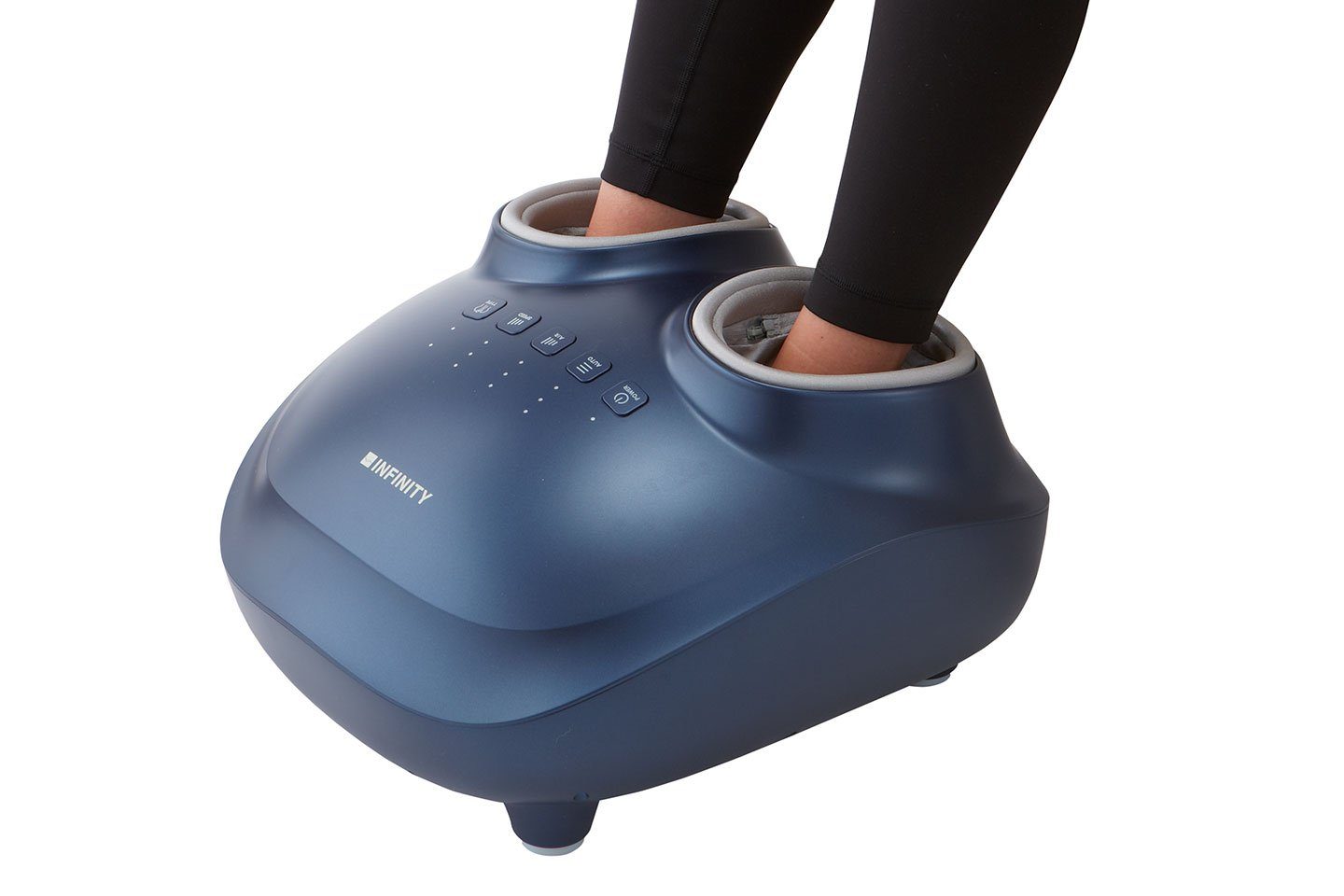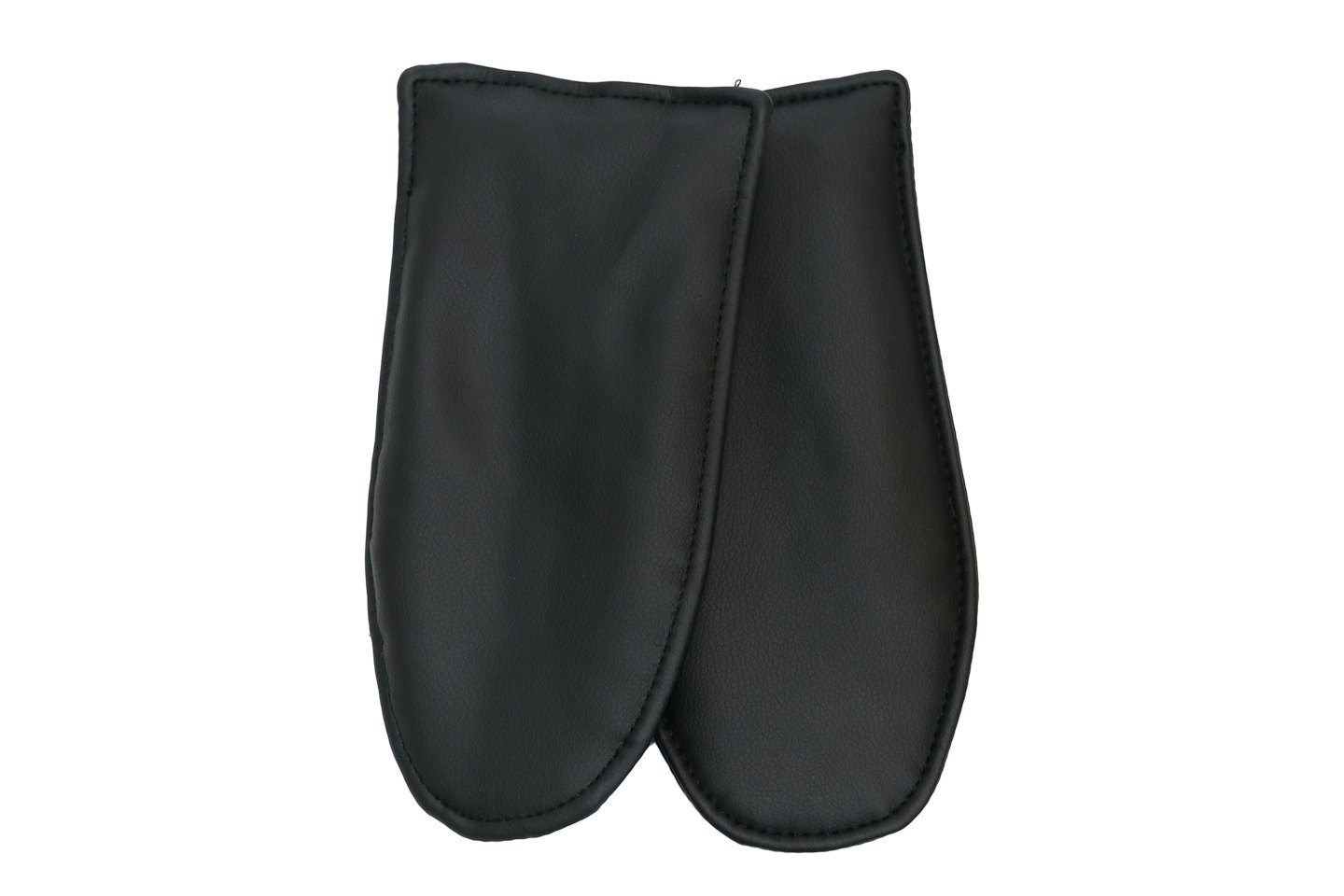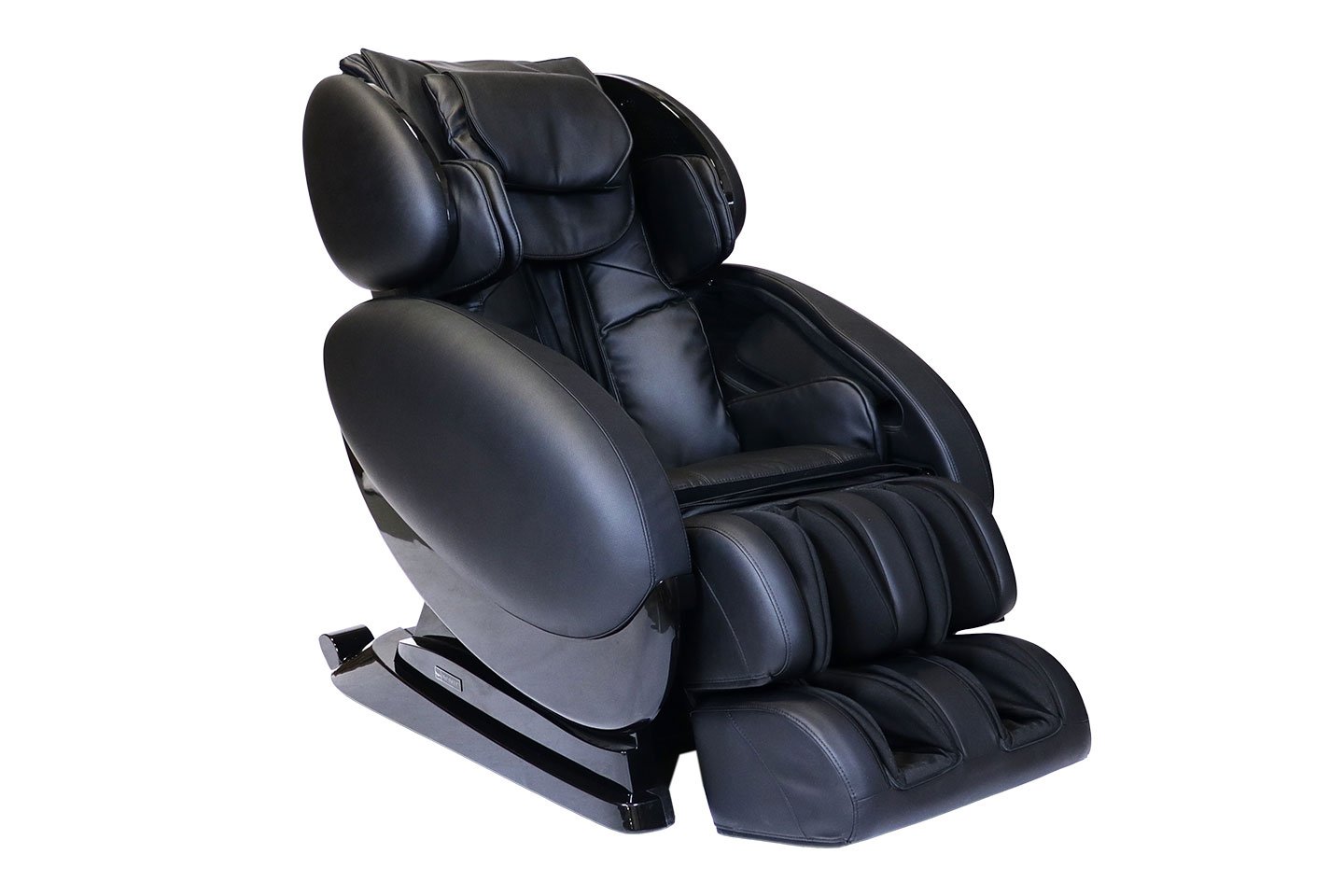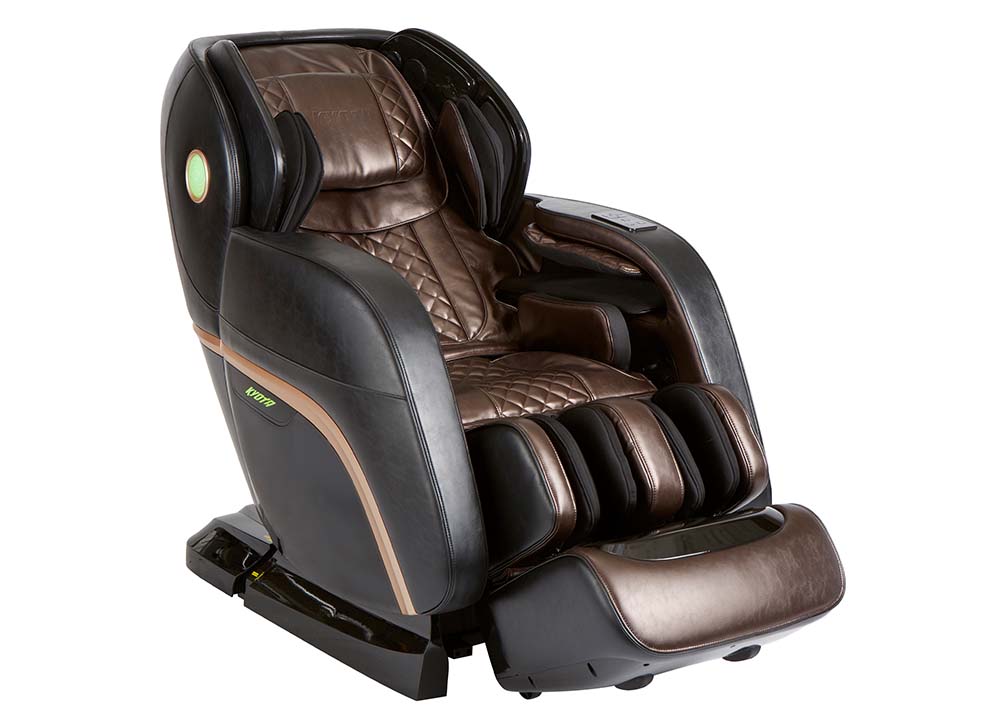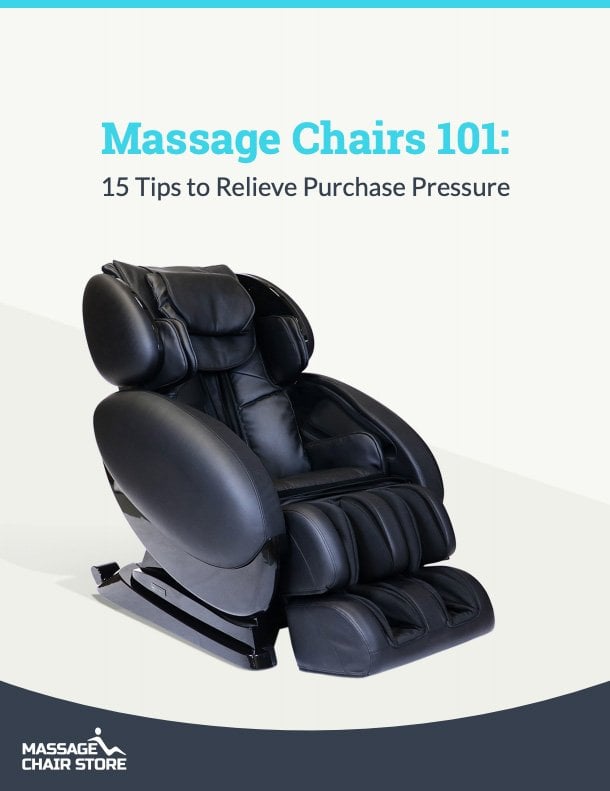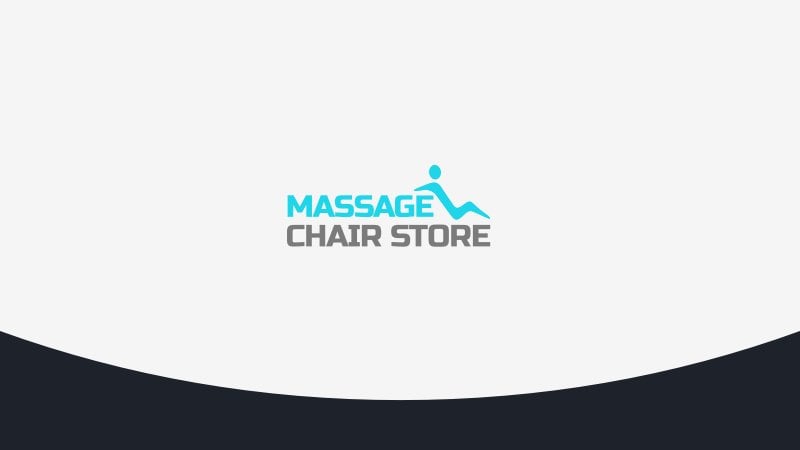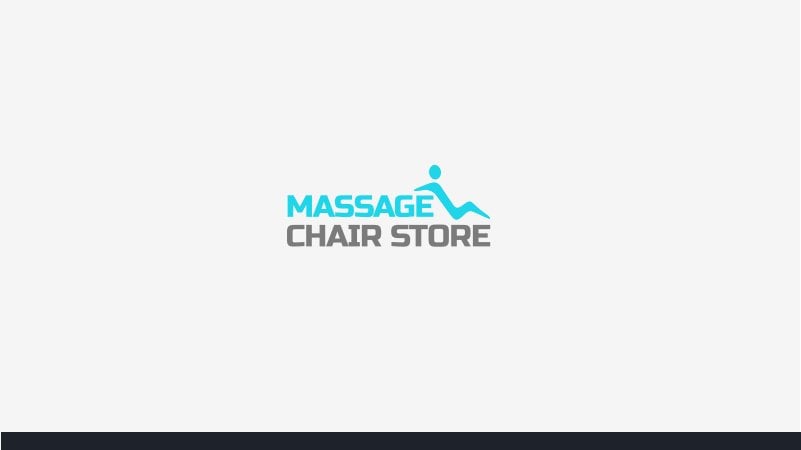Corporate Massage Companies & Alternatives
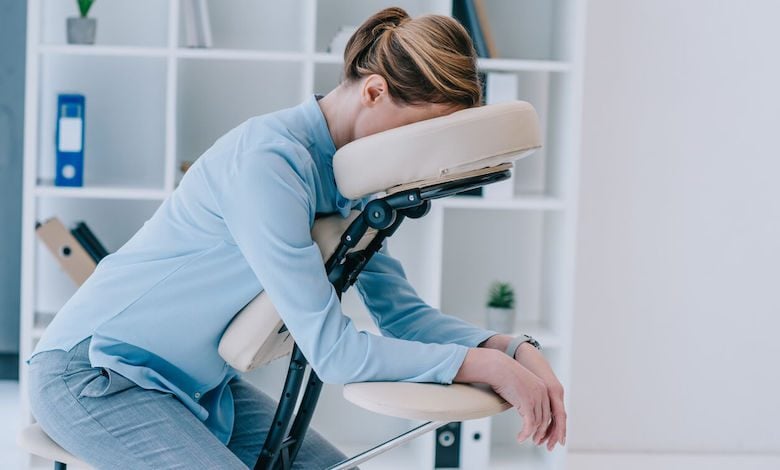
Corporate Massage Therapy: Benefits, Companies & Alternatives
You likely already know that massage offers helpful benefits to improve physical and mental health. And if you’re working in an office, you’ve also likely sought out massages to help alleviate headaches and lower back pain.
However, there’s not always time in a busy day to visit a massage therapist. Even if you have your own massage chair waiting at home, your sore muscles or stiff neck will have to wait until the end of the work day until they receive relief. Thankfully, more companies are recognizing the benefits of massage, offering it as part of their wellness programs and even providing options for in-office corporate massage therapy.
In this article, we’ll cover what exactly is considered a corporate massage, its different benefits, what to expect with costs and different ways to receive corporate massage therapy (including massage chairs).
What Is Corporate Massage?
Though you may assume that corporate massage is essentially just receiving a massage at the workplace or office, it actually is its own type of massage therapy, different from a standard therapeutic massage.
First, there’s no de-robing or even a need to lie down. This is a straightforward application of pressure to muscles and pressure points. That means no oils or hot rocks — you’ll have to book an appointment at the spa for that.
Instead, employees remain fully-clothed and are asked to sit in a specially-designed portable massage chair or table. The sessions are generally short, usually between 10 to 20 minutes. The actual style of massage may vary based on the therapist, but it will often be based on the Swedish massage technique that gives deep — but not overly intense — pressure to relax the muscles.
As corporate massage is meant to alleviate the stress and tension accumulated at a desk job, the corporate massage therapist will usually focus on the back, shoulders, neck, arms and hands of the employees.
Benefits of Corporate Massage
One of the reasons for the rising popularity of corporate massage is that it provides benefits for both employees and employers.
Employee Benefits of Corporate Massage
In general, employees will be able to reap the physical, mental and emotional benefits of massage therapy while at work. Which can include:
- A reduction of stress, anxiety and depression
- A relief of muscle tension and pain, especially for areas affected by desk jobs
- Relief for conditions of repetitive strain injuries, carpal tunnel and tendonitis
- Headache and migraine relief, as well as lower blood pressure
- An overall increase in focus, energy and mental clarity
Needless to say, these benefits can address every-day aches, pains and discomfort while on the job, helping employees to feel more relaxed and comfortable at work. Plus, massage has been shown to improve quality of sleep, which means that employees are more likely to rest well at night.
Workplace Benefits of Corporate Massage
As employees receive the physical and mental benefits of corporate massage, the workplace as a whole will also see benefits as a result of its investment:
- An increase in employee morale and productivity
- A promotional perk that can be used to attract new talent
- A means of helping employees feel valued to increase retention rates
- A reduction of health costs and employee compensation claims
When employees feel better, they’re able to work, coordinate and communicate better, which means a more positive work environment and greater efficiency.
Corporate Massage Types: Differences & Considerations
As mentioned, corporate massage is usually considered its own type of massage, and it may vary depending on the equipment and training of the massage therapist. Here are the most common types of corporate massage:
- Chair Massage — The most convenient and popular type of corporate massage. A chair massage targets the back, neck, shoulders, arms and hands. It’s an ideal therapy for those who are at computers for extended periods of time as it focuses on aiding circulation, stimulating muscles and relieving stress.
- Table Massage — This is a more thorough type of corporate massage. Though still less comprehensive than a massage you’d receive at a spa, portable tables are able to provide a balance of techniques, including rhythmic pressure, rocking and stretching to reduce tension, improve circulation and mental focus. Table massage does need more space in the office in order to set up.
- Reflexology — This style of massage doesn’t require a dedicated chair or table, though one or the other may still be used. Reflexology works the reflex points on hands and feet through gentle pressure and stretching in order to create a sense of balance and relaxation.
- Massage Chairs — Rather than contract out to therapists, some businesses will purchase their own massage chairs for office use. This provides a convenient and flexible “on-demand” massage that employees can enjoy whenever their schedule allows. The types of massage techniques and available features will depend on the model of the massage chair.
Regarding massage techniques, Swedish style tends to be the most common (and popular). Depending on the corporate massage service, other styles of massage can be offered, including deep tissue, athletic and shiatsu.
While there aren’t any real downsides to corporate massage, there are some important considerations.
- The long-lasting benefits require multiple sessions, especially as workplace strain and stress never really ends. A “one-off” corporate massage session may serve as a nice treat for employees, but to provide real benefits, massage sessions will need to be provided on a regular basis.
- Space-saving portable chairs and tables may be able to be set up anywhere in the office, but there will need to be designated space that will fit the equipment in a comfortable manner and will offer privacy during the session. Massage chairs will take up more space than other chairs and will need to be placed accordingly.
Corporate Massage Therapy Costs
There are a large variety of factors that will affect the cost of a corporate massage, including:
- Types of services provided
- Length of sessions
- Use of equipment
- Any offered discounts
Charges can be based on the number of therapist hours or billed on a “per chair per visit” basis. While the cost can be paid by either the employer or employee, having the massage costs included as part of employer-paid and subsidized wellness programs can help to ensure higher employee participation rates within programs.
Top Corporate Massage Companies
Corporate massage services will vary depending on your business’ location. Different corporate massage companies within the area will provide different options, such as single services or long-term contracts. Some providers may even sell, rent or lease equipment such as massage chairs to give your employees a convenient option for massage.
Some top providers of corporate massage include:
- Body Techniques – A national provider of corporate massage and stress management programs.
- Massage Envy – A nationwide franchise that offers corporate group membership rates through its franchised locations.
- Massage at Work – A nationwide provider that offers custom-tailored chair massage programs through an online reservation and account management system.
- Infinity Massage Chair – A provider of premium massage chairs that ships anywhere within the United States.
Corporate Massage Therapy Alternatives
If it’s not possible to have a corporate massage therapist at the office, there are other similar fitness services that can be made part of a corporate wellness program. Corporate yoga, meditation and even acupuncture sessions are also helpful for reducing stress and relieving tension.
For workplaces that would like to invest in a long-term massage service, purchasing equipment such as office massage chairs can provide employees with the same benefits of corporate massage. Massage chairs also provide additional features that may not be available from corporate massage companies, such as heat therapy, chromatherapy and zero gravity stretch.
If you’re interested in exploring your options in purchasing a corporate massage chair for your workplace, contact our experts at the Massage Chair Store.
FAQs
Does massage interfere with the work environment?
No, provided that its location is comfortable and private, a corporate massage is not anymore of a distraction than other wellness programs. In fact, after massage, employees will likely feel more energized for the remainder of the workday.
How much space is needed for a corporate massage station?
Needed space will vary based on equipment. Most portable massage chairs will only require a 5 foot x 5 foot space. Portable massage tables will require more space and will vary based on their design, with a width of 28–30 inches and an average length of 73 inches.
How often should employees get a massage?
For its full benefits, massage therapy should be on a regular basis. At least once a month, but it could be up to every two weeks, or even once a week for those with high levels of stress or tension.
Can employees also get massages outside of work?
Yes, there’s certainly no problem with employees supplementing their corporate massage with appointments on their own time. Though it’s highly recommended to limit to one massage a week, especially if receiving deep tissue massages.

